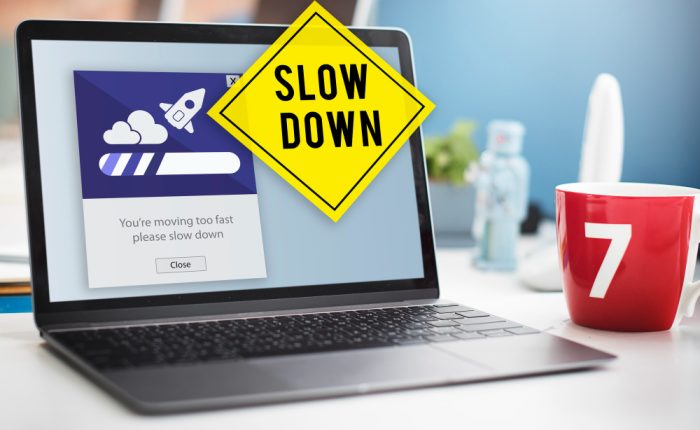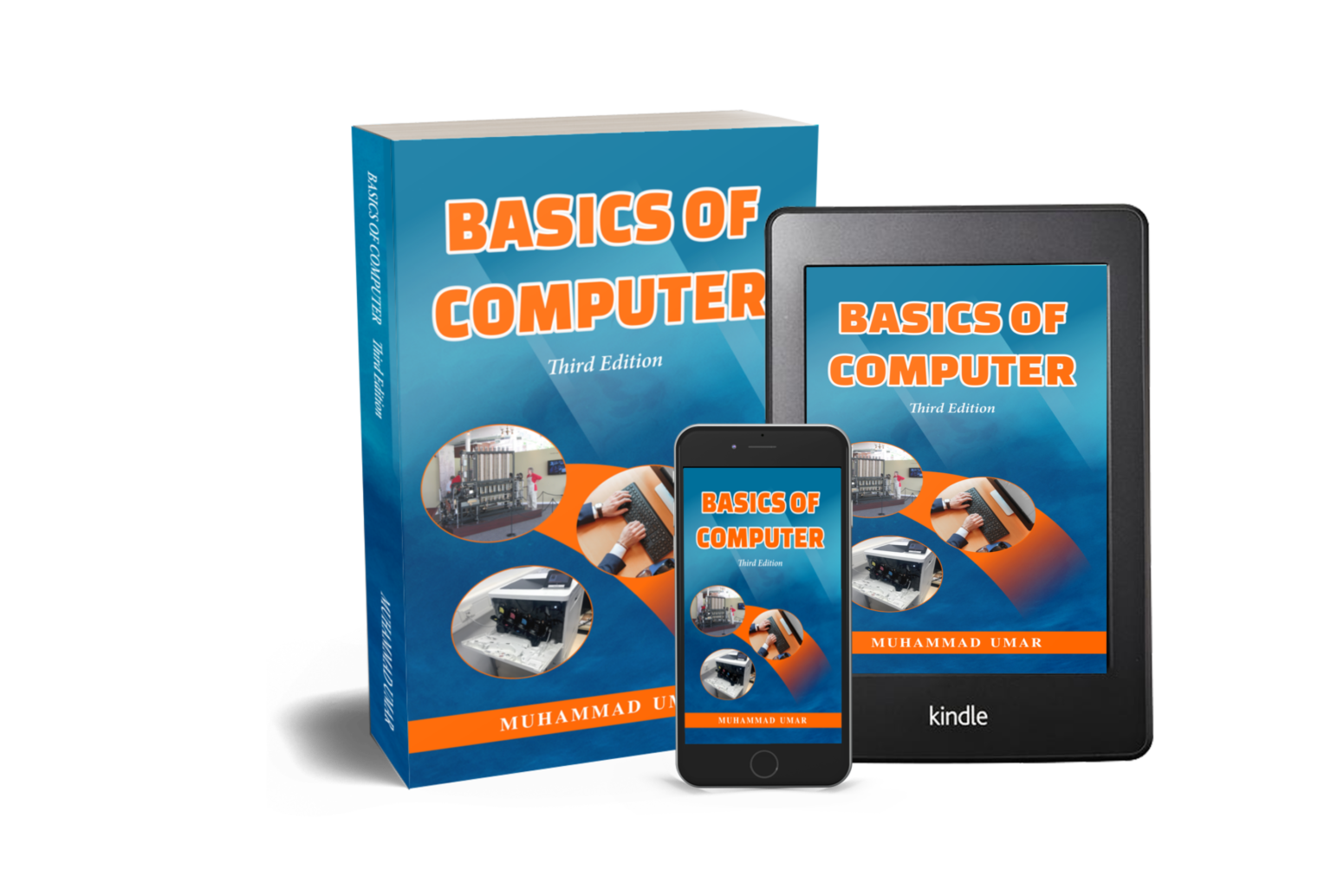Tips and Tricks for Keeping Computer Running Smoothly

Keeping your computer running smoothly is essential for staying productive and avoiding frustration. However, even the best-maintained computers can experience issues from time to time. In this article, we will provide tips and tricks for keeping your computer running smoothly and troubleshooting common issues.
Cleaning your computer
One of the most important things you can do to keep your computer running smoothly is to keep it clean. This includes dusting the inside of the computer regularly, as well as cleaning the keyboard, mouse, and monitor. Dust buildup can cause overheating, which can lead to hardware failure. Cleaning your computer regularly can also improve its appearance and extend its lifespan. Click here to read guidelines for cleaning and repairing computer.

Software updates
Another important aspect of computer maintenance is keeping your software updated. This includes updating your operating system, as well as any other software you have installed. Software updates often include security patches and bug fixes, which can improve the performance of your computer and protect it from malware.
regular backups
Performing regular backups is also crucial in keeping your computer running smoothly. Backups allow you to restore your files and settings in case of a hardware failure or other catastrophic event. There are many different ways to backup your files, including external hard drives, cloud storage (Free-10 Cloud Backup), and USB drives.
Error messages
When it comes to keeping computer running smoothly and troubleshooting common issues, one of the first things you should do is to check for error messages. Error messages often provide clues about what the problem is, and can be a helpful starting point for troubleshooting. If you are unable to find a solution through error messages, you may need to perform a system restore or even a clean install of the operating system.
slow performance
Another common issue in keeping computer running smoothly is slow performance. This can be caused by a variety of factors, including a lack of memory or a cluttered hard drive. To improve performance, you can add more memory, or clear out unnecessary files and programs. You can also use a disk cleanup utility such as CCleaner to remove temporary files and other unnecessary items. In addition to this, installing an antivirus can be beneficial in most cases. If you want to learn how to install antivirus and run a full scan, read the article, Installing FREE Avira Antivirus and Running a Full Scan
Malware
One of the most common issues that computer users face is malware. Malware can cause a variety of problems, including slow performance, pop-ups, and even identity theft. To protect your computer from malware, you should keep your software updated, use a reputable anti malware program such as MalwareBytes, and be cautious when clicking on links or downloading files from the internet.
Conclusion
To summarize, it is vital to maintain a healthy computer for smooth performance and to avoid frustration. Regular cleaning, software updates, backup creation, and issue troubleshooting are all crucial components for keeping computer running smoothly.
Adhering to these tips can help extend the lifespan of your computer and prevent hardware failure. Furthermore, we suggest exploring our recommended book, Basics of Computer, Third Edition for comprehensive guidance on computer maintenance and problem-solving. The book provides practical and straightforward advice suitable for computer users of all levels. Don’t miss out on this opportunity to improve your computer skills by getting your copy today!
Related Posts
Learn more General Concepts
Interesting Stuff in your Inbox
Subscribe to our mailing list to get interesting stuff and updates right in your email inbox. Promise, we will never sell your info to any third party.
Basics of Computer By Muhammad Umar
Recent Posts
Ask a Question
Do you have any questions? Rest assured, we're here to provide answers. Join us in our forum where you can engage in fruitful discussions, ask your queries, and receive insightful responses from our esteemed authors and community members. We look forward to your active participation and valuable contributions as we collectively explore various topics. Let's come together and share your thoughts!

